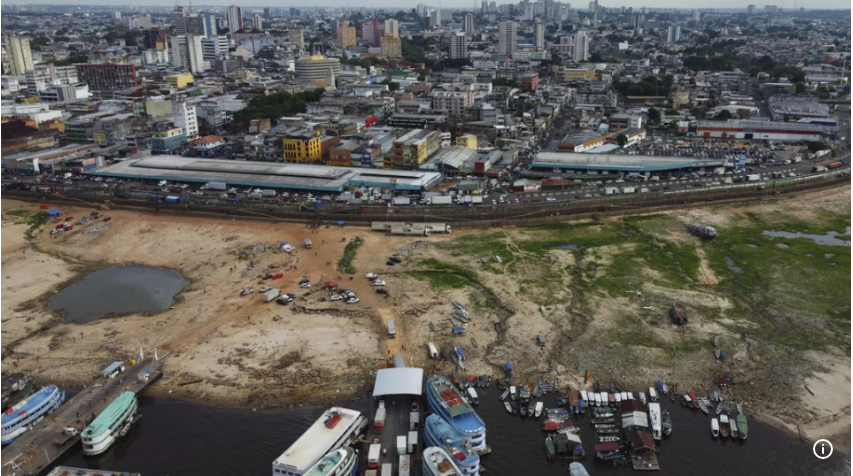Latest
Israel Intensifies Conflict with Hezbollah as Tensions Escalate on Second Front

After nearly a year of ongoing hostilities in Gaza, Israel is now escalating its military actions against Hezbollah in Lebanon, marking a significant intensification of the conflict. Covert operations targeting Hezbollah’s communication devices and a devastating bombing campaign have left hundreds dead as Israel faces the potential challenge of a second front in its ongoing war.
Since October 8, a day after Hamas launched a deadly attack on Israel, cross-border fire between Hezbollah and the Israeli military has been a regular occurrence. Hezbollah initially fired on Israel in protest of the Gaza conflict, demanding a ceasefire as a condition to halt its attacks. The stakes escalated when Israel targeted Hezbollah’s communication systems, detonating pagers and walkie-talkies used by the group, leading to a fierce exchange of fire.
Experts warn that a full-scale war with Hezbollah would present a far more formidable challenge to Israel than its fight with Hamas. Hezbollah, a Shiite Islamist group backed by Iran, possesses significantly more sophisticated military capabilities. Yoel Guzansky, a senior researcher at Israel’s Institute for National Security Studies, highlighted the group’s strength, calling it “a state within a state” with advanced weaponry and deeper regional alliances compared to Hamas.
Over the weekend, Hezbollah launched one of its deepest strikes into Israel, with attacks reported near the port city of Haifa, roughly 40 kilometers south of the Lebanese border. More than 62,000 Israeli residents in the north have been evacuated since the cross-border fire began, and at least 26 Israeli civilians and 22 soldiers have been killed. On the Lebanese side, more than 740 people, including 500 Hezbollah fighters, have died, with 16,500 displaced due to Israeli airstrikes.
The potential for a full-scale war has raised concerns about Israel’s ability to manage a two-front conflict. Israeli Defense Minister Yoav Gallant recently stated that the country’s military resources are shifting northward in preparation for potential escalation. However, analysts have pointed to manpower shortages in the Israeli military, which is already stretched thin from the ongoing conflict in Gaza.
Israel’s economy has also taken a significant hit since the conflict began, shrinking by 4.1% in the early months of the war. With military spending on the rise, the cost of war is expected to further strain the nation’s resources.
The situation remains tense, with both sides bracing for a potential escalation that could have devastating consequences across the region.
Latest
Flash Floods Devastate Thai Elephant Sanctuary, Killing Two Elephants and Forcing Evacuations
Latest
Severe Drought Causes Record Low Water Levels in Brazil’s Negro River
Latest
Oxford Scientists Develop First Ovarian Cancer Vaccine in Groundbreaking Research
-

 Entertainment1 year ago
Entertainment1 year agoMeta Acquires Tilda Swinton VR Doc ‘Impulse: Playing With Reality’
-

 Business2 years ago
Business2 years agoSaudi Arabia’s Model for Sustainable Aviation Practices
-

 Business2 years ago
Business2 years agoRecent Developments in Small Business Taxes
-

 Home Improvement1 year ago
Home Improvement1 year agoEffective Drain Cleaning: A Key to a Healthy Plumbing System
-

 Politics2 years ago
Politics2 years agoWho was Ebrahim Raisi and his status in Iranian Politics?
-

 Business2 years ago
Business2 years agoCarrectly: Revolutionizing Car Care in Chicago
-

 Sports1 year ago
Sports1 year agoKeely Hodgkinson Wins Britain’s First Athletics Gold at Paris Olympics in 800m
-

 Business2 years ago
Business2 years agoSaudi Arabia: Foreign Direct Investment Rises by 5.6% in Q1



















